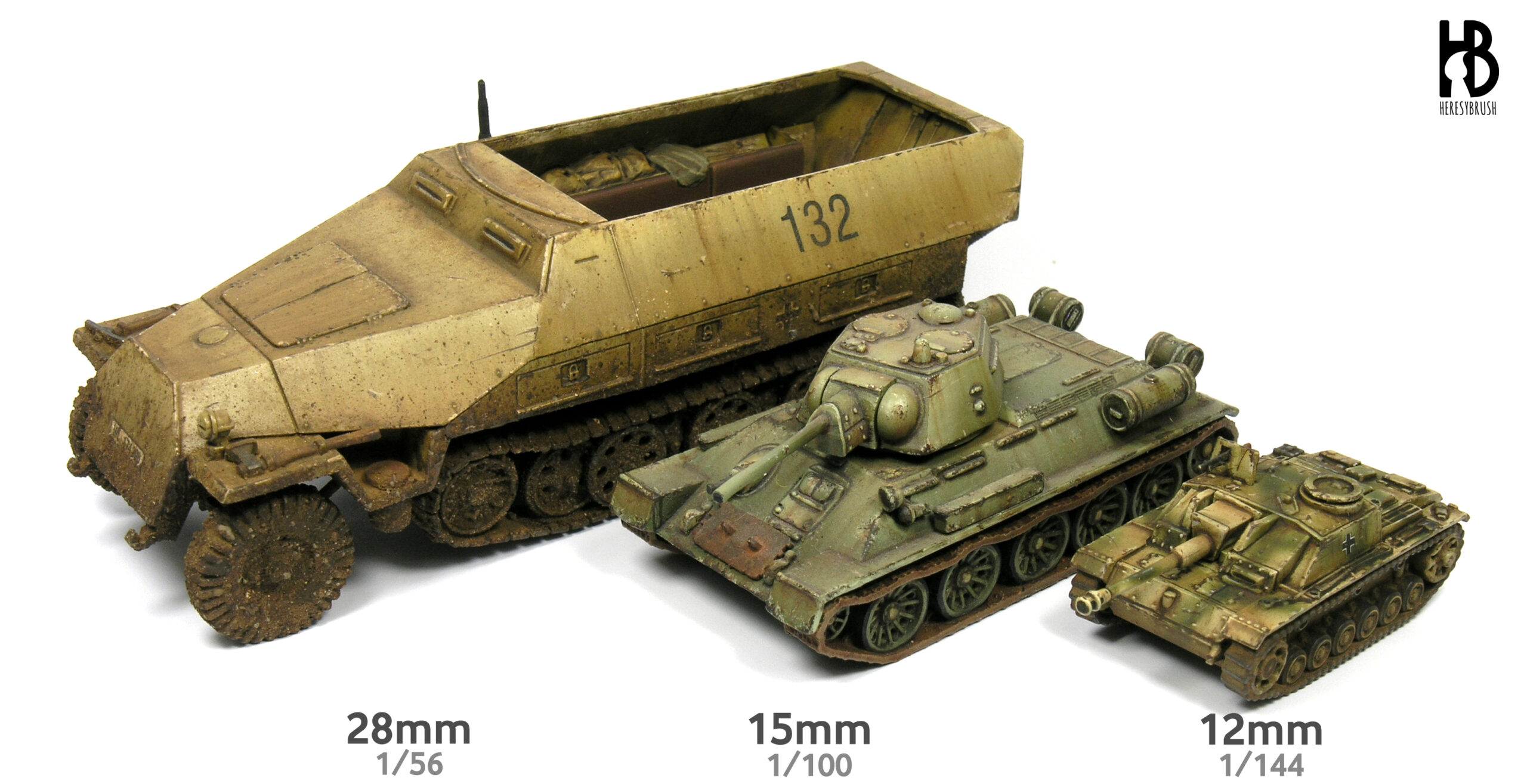During the last weeks I have been painting several dozens of tiny WWII tanks in 12mm (1:144 scale) produced by Victrix Games, a new branch of Victrix Limited. I thought that my preferred scale for tanks was 15mm, but these lovely beauties took my heart. In spite of the small size, the level of details is outstanding and they permit a 1:1 level of game (= bigger battles). And thanks to Victrix Games, now you can download totally for free a painting tutorial for each tank model. Each guide includes a complete step by step, with plenty of photos…
How to paint 15mm tanks: German spider mech
While I am learning new hobbies (and sports) in this lovely Finish land, such as ice swimming, ice hockey or cross-country ski, I had enough time to paint and prepare a painting guide featuring an interesting Panzermech from ClockWork Goblin miniatures. I love this theme! In the past, I painted a couple of walkers from DreamPod9, and I currently attempt to paint as many E-series tanks as I can from Forged in Battle or Heer46. All in 1/100 scale or 15mm, of course!, my preferred scale. In this occasion, I’ve prepared a complete painting guide. However, I want to notice…
Videotutorial – How to paint faces in 28mm miniatures
One month ago I prepared a videotutorial about how to paint faces, which was published in a new blog, ModelBrush, created beside some friends. And I wanted to share it in my personal blog, in order to complement another old article about the same topic, but based in a different painting style (in Spanish): como pintar caras en 28mm. The comparison between both techniques it could be interesting!. NOTE: set the quality to 1080p FullHD The face is one of the most important parts of one minature, because once it’s painted, the model finally “comes alive” . Therefore, it’s important…
Videotutorial – How to paint German Tanks in 15mm
I have prepared a new videotutorial to show how to paint a German tank. I have chosen a paperpanzer, a Jagdpanzer E-50 from Heer46. The large panels and pronounce edges make this vehicle a perfect model to practice the “color modulation” technique, as you will see later. The camouflage I chose is based on a drawing I found in the 1945 German Colors book from AK interactive, page 61. Inspired by the reference to real colors featured in this book, I have used the corresponding painting set from AK, AK554 German Late Color set. I have tried to compress all…



